PROTECT YOUR DNA WITH QUANTUM TECHNOLOGY
Orgo-Life the new way to the future Advertising by AdpathwaySeed heads stand, flowers fade, and leaves die in the fall. Woody perennials stand tall with naked branches, while herbaceous ones enter dormancy until spring. They’ll hide below ground until warm temperatures return after winter.
It’s a good idea to clean up now, as leaves are falling and plants are dying back. This season is transitional. It’s not as cold as winter, but it’s not hot like summer either. The fall season is a great time for mulching, cutting back, and protecting.
It’s also a good time to consider wildlife. Insects overwinter under leaf litter, birds eat the seeds from seed heads, and mammals hide out in deciduous trees and shrubs. Don’t just consider perennials this autumn—think, too, of the animals that frequent your garden.
The best way to learn when gardening is to make mistakes. Kill a perennial once, and you’ll do everything you can to avoid the same fate again in the future. Though I implore you to make your own mistakes, you may learn from the ones that I’ve made, too. Here are the fall cleanup mistakes that can kill your perennials, as well as what to do instead.
Epic Organic Garden Straw
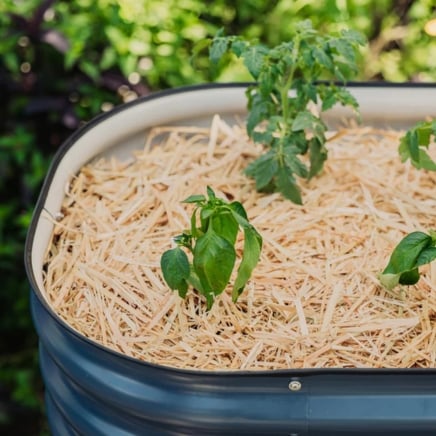
Epic Organic Garden Straw

Epic GardenBox Frost Cover
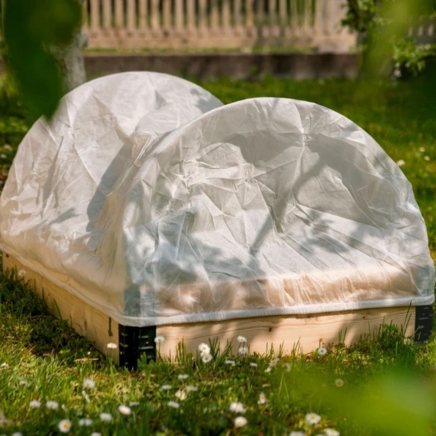
Epic GardenBox Frost Cover
Cutting Down Everything
 While some perennials need pruning, others don’t.
While some perennials need pruning, others don’t. Indiscriminately cutting everything to the ground is one of the most common fall cleanup mistakes! Many growers feel the urge to chop down herbaceous perennials once they fade in color. You may do this with annuals, but avoid randomly chopping perennials.
Many perennials pull in nutrients from their leaves during the fall. If you cut off their stems, the plants will have fewer nutrients to access through winter and spring.
Additionally, some perennials use their dead stems to protect their crowns from frost. Others form flower buds on old wood, and pruning them now will cut off next year’s flowers.
Instead of chopping herbaceous perennials now, consider waiting until spring. Leave seed heads for birds to feed on, and let dead stems fall to the ground when they naturally do. If you are chopping perennials, ensure they grow well if you cut them back in the fall.
Not Mulching Enough
 A thick layer of mulch is most effective.
A thick layer of mulch is most effective. When cleaning, it’s a good idea to add mulch to bare soil. Exposed areas leave perennials’ roots subject to diseases and damage from freezes, making not mulching a costly fall cleanup mistake. Add mulch in the fall during the cleanup process to protect and feed your plants through the cold months.
A layer two to three inches thick is ideal on top of plants. On pathways and areas with weeds, you may add five or more inches of mulch. It’ll compact and decay over the winter, providing the ground with nutrients and microbes come springtime.
Avoid adding more than three inches of mulch onto perennial beds. Too much mulch smothers the plants, making it difficult for them to breathe and to emerge in spring.
I like to use compost on my perennial beds, as it’s nutrient-rich and full of microbes. You may also use wood chips, straw, coco coir, or whatever else you can get your hands on. Opt for organic materials that decay readily in the environment.
Raking Leaves Off Beds
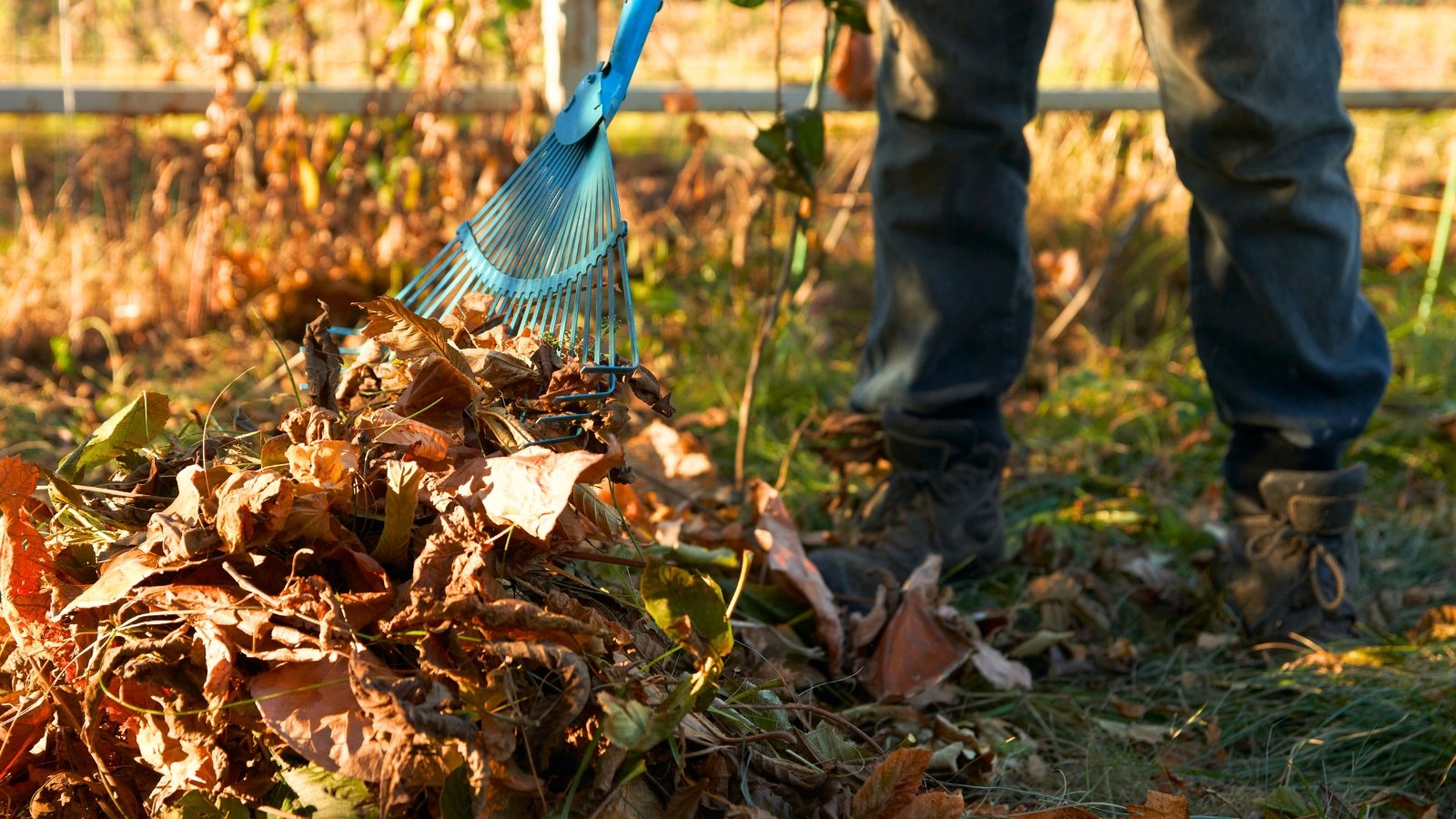 Leaves act like a natural mulch as they fall.
Leaves act like a natural mulch as they fall. I know our instincts are to remove all leaves in fall to tidy the garden. But fallen leaves work like mulch in autumn. They create a thick leaf litter that insulates the ground. As the leaves decay, they release nutrients that your perennials need to thrive.
Use your leaves and don’t let them go to waste to avoid this fall cleanup mistake. Leave them in a layer two to three inches thick on top of the soil. Too many leaves can kill perennials by smothering them prematurely, so move them off perennial stems and place them on the soil instead.
If you are choosing to rake your leaves, place mulch on the soil to replace them. Never leave the soil bare, as it’ll harm perennial plants over time. Use fallen leaves in leaf mold, compost, or to blanket the ground around your trees and shrubs.
Dividing Plants Late
 Late division stresses roots.
Late division stresses roots. Fall and spring are the best times to divide and plant perennials. Many growers choose to divide at the end of the growing season; this gives their divisions time to grow roots in the cold months.
Though now is a good time to divide them, it’s best to do so before frosts and freezes arrive. One of the biggest fall cleanup mistakes you can make is dividing late, as you’ll likely lose both divisions to temperature drops.
Divide your perennials at least a month before the first frost date, ideally two to three months in advance. Give the roots plenty of time to establish in their new homes.
Adding Too Much Fertilizer
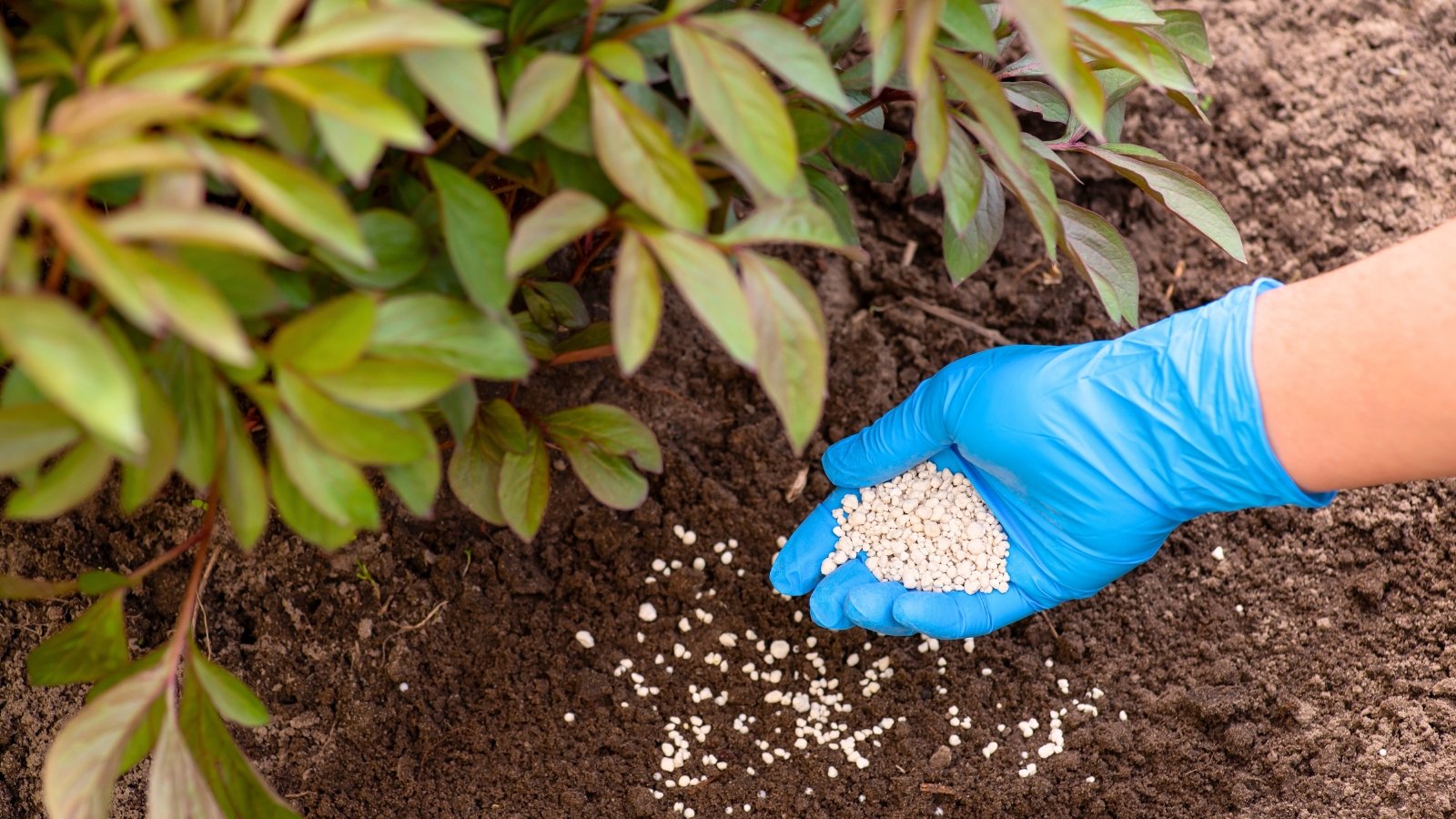 Feeding encourages tender growth that is more vulnerable to frost.
Feeding encourages tender growth that is more vulnerable to frost. Even if your plants look a bit sad, avoid fertilizing during autumn at all if you garden in USDA hardiness zones 7 and below. Late fertilization may cause tender new growth that’s frost-sensitive. Wait until spring to feed the perennials if you garden in regions with recurring hard freezes.
You may lightly fertilize perennials during the fall season to help them grow roots before winter arrives. Use low-nitrogen fertilizer, and apply it in half or quarter doses instead of full ones. Do so from late summer through early fall in regions with mild winters.
 Dirty tools spread diseases from one plant to the next.
Dirty tools spread diseases from one plant to the next. You may wonder how tool care can kill your perennials. The truth is that dirty tools spread diseases! Forget to disinfect them, and you may spread diseases this season or the next. This is one of those common fall cleanup mistakes, but it happens year-round.
The end of the growing season is the perfect time to sanitize and sharpen your tools. You won’t use them over the winter months, and they’ll stay sterile and sharp until you need them again in the spring.
Also, consider taking your lawnmower blade into a shop for sharpening. Lawnmower blades dull within a year or two, and regular sharpening leads to a healthy, even cut lawn.
Leaving Diseased Debris
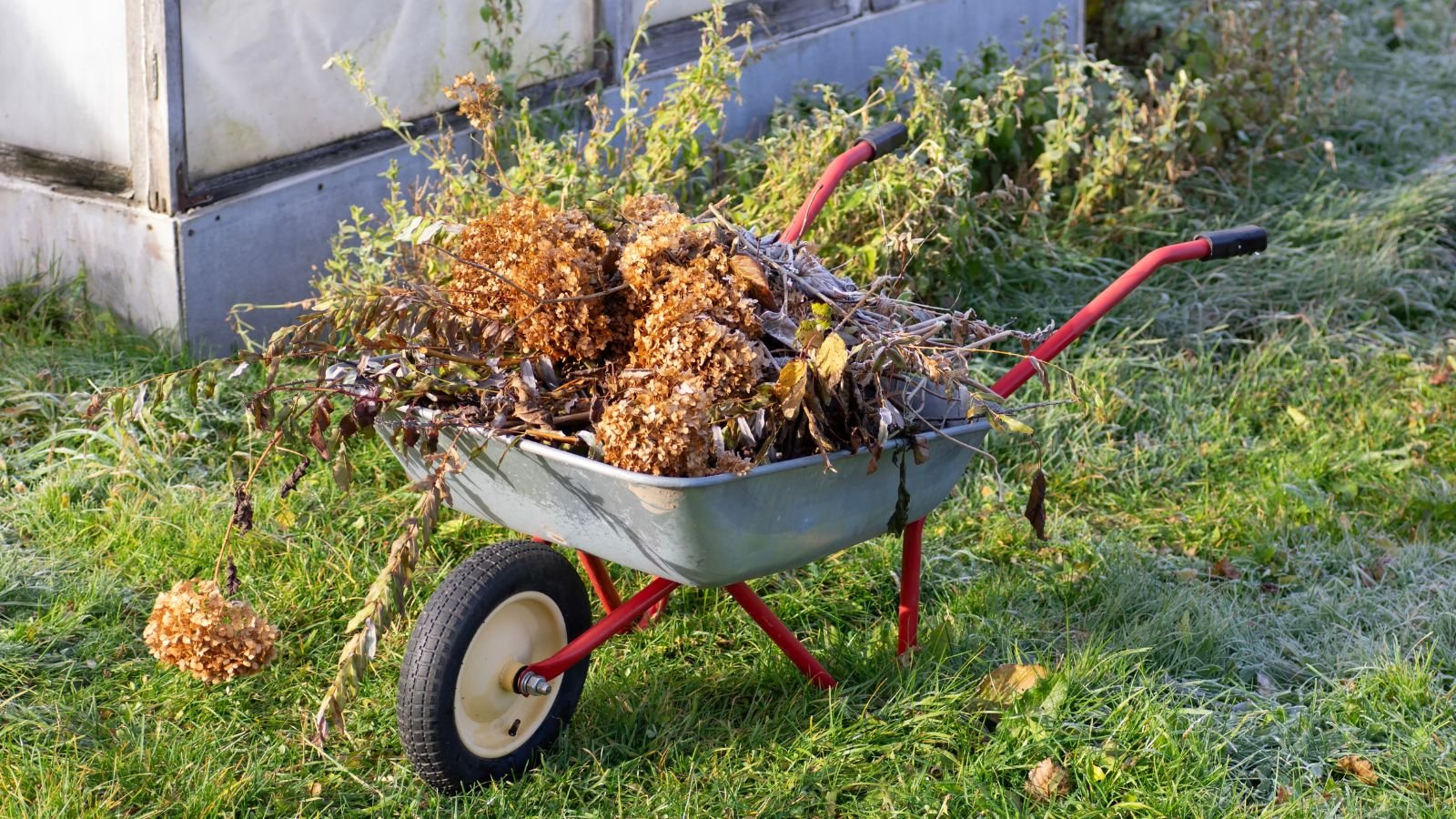 Don’t leave or cold compost any debris with signs of disease.
Don’t leave or cold compost any debris with signs of disease. Many common garden pathogens, like powdery mildew, overwinter on infected debris. Removing the stems and leaves is crucial in preventing outbreaks next year. You may want to leave some debris to help wildlife, but leaving disease debris is a costly fall cleanup mistake.
Kill the diseases by hot composting the debris from your perennials. Hot compost reaches high temperatures that kill pathogens, and it contains beneficial microbes that outcompete the bad ones.
If you can’t hot compost, try burying the waste underground. Bury it a foot or deeper underground, and add mulch on top of the hole to speed up the decomposition process.
Some cities and towns have yard waste programs with large composting facilities. Throw out your debris in the green waste bin, and your city will take care of the rest!
Pruning Too Hard
 Keep pruning limited in fall.
Keep pruning limited in fall. Though some shrubs and trees tolerate pruning in autumn, they don’t like excessive cuts. Avoid removing more than a third of any one of your perennials with a fall pruning session. Remove dead, diseased, and damaged wood, then prune to shape and shorten your plants.
Avoid pruning fruit trees, as they’ll be subject to diseases over the winter. Wait to prune them until late winter or early spring.
Many woody perennials form blooms on old wood in late summer and early fall. Wait to prune them until after they bloom in spring or summer.
Forgetting Frost Protection
 Protect tender plants from weather damage.
Protect tender plants from weather damage. And finally, don’t forget to protect your frost-tender perennials! Move potted specimens under cover, or overwinter them indoors if they’re not hardy in your region.
If the perennials haven’t entered dormancy yet, you may want to protect them from freezes and frosts early in the fall season. Use a frost cloth for temporary protection. If you don’t have a frost cloth, use an old bedsheet instead.
Key Takeaways
- Don’t worry if you make these fall cleanup mistakes; we all do! Making mistakes is an important part of the gardening process.
- The worst thing you can do is have too much cleanup. Leave seed heads for birds, and let leaves decay on the ground.
- Leaves work like mulch, and they house insects and overwintering critters. Leave some in your garden for a healthy yard in spring.
- Fertilizer is tricky. You may add light doses in mild climates during autumn. Don’t fertilize in the fall if you live in USDA hardiness zones 7 and below.


 7 hours ago
4
7 hours ago
4
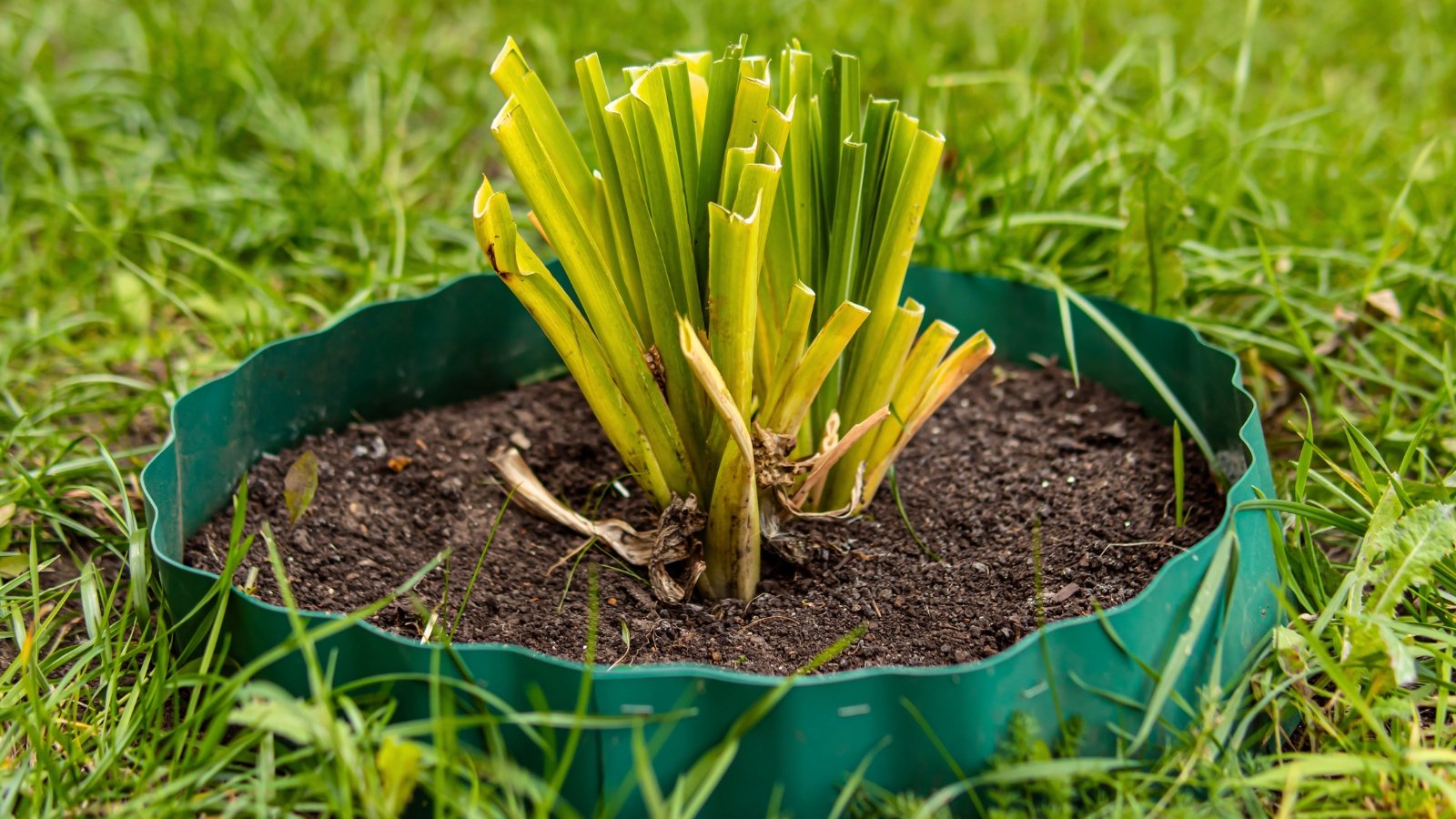




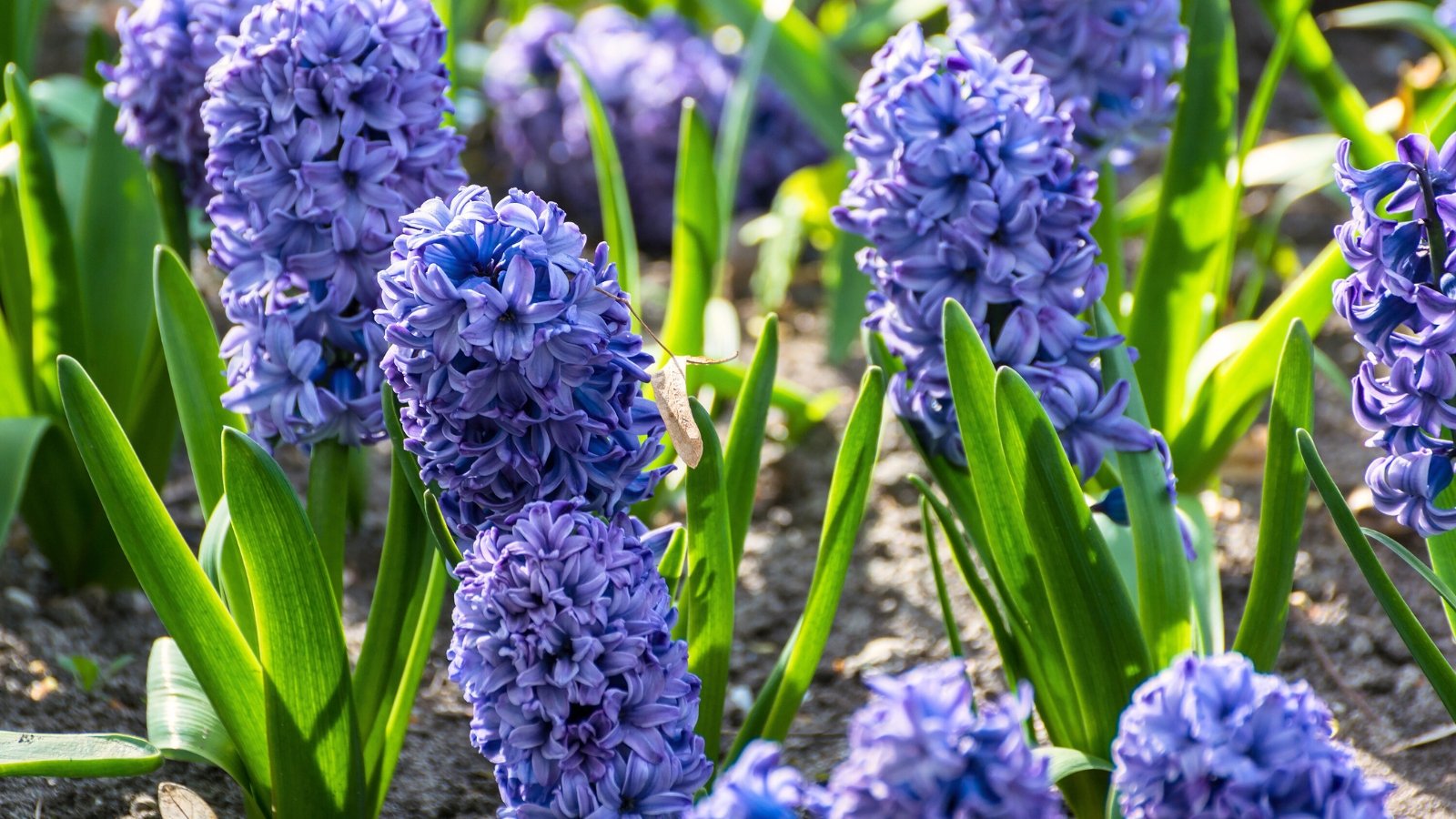















 English (US) ·
English (US) ·  French (CA) ·
French (CA) ·